Lyme Disease In Horses
Lyme disease in horses. Clinical signs of Lyme disease in horses include shifting-leg lameness generalized stiffness hypersensitivity to touch weight loss and poor performance. Lyme disease-carrying ticks are increasing their range so it. Symptoms of Lyme disease in horses Stiff joints sporadic lameness which keeps shifting.
Named for the town in Connecticut where it was first diagnosed in the mid-1970s Lyme disease is one of the three main tick-borne diseases that can infect horses. ACVIM an equine internal medicine specialist at BW. As ticks need thick vegetation in which to live the disease is.
Lyme disease in the Equine Lyme disease LD has been recognized for about 40-50 years. Borrelia burgdorferi infection is common in horses living in Lyme-endemic areas says Rachel Gardner DVM Dipl. Lyme disease occurs much more frequently in dogs than in other animals.
Although horses have tested positive for exposure to the disease-causing bacteria it is unclear whether there is a relationship between the exposure and any signs of infection such as lameness fever loss. Lyme disease is spreading throughout the country and natural treatment and a healthy immune system is the most important way you can protect your horse. The challenge with chronic Lyme disease in horses is that the disease has often already taken a toll on the horses overall health and worn down their immune system as well as their mood appetite and more.
Lyme disease is a caused by a specialised bacteria known as borrelia burgdorferi and is transmitted to horses by sheep ticks. Sometimes the bacteria can infect the central nervous system leading to neurologic symptoms. He may become sensitive and jumpy when touched or just be grumpy and perform poorly.
One frequent sign of Lyme disease in horses is a vague lameness that shifts from limb to limb. Signs of Lyme Disease in Horses. Lyme disease seems to be the disease du jour in many regions and with good reason.
If you live in a rural area particularly in an area of concentrated tick population like the Northeast or the Midwest United States your horse is going to get ticks. The range of specific clinical signs associated with Lyme disease in horses is not well established.
Contact with ticks does not mean Lyme disease or even infection.
Clinical signs of Lyme disease in horses include shifting-leg lameness generalized stiffness hypersensitivity to touch weight loss and poor performance. Lyme disease-carrying ticks are increasing their range so it. Tenderness or sensitivity in your horse when exposed to sensory stimuli. One frequent sign of Lyme disease in horses is a vague lameness that shifts from limb to limb. Clinical signs of Lyme disease in horses include shifting-leg lameness generalized stiffness hypersensitivity to touch weight loss and poor performance. Signs of Lyme Disease in Horses. Humans dogs and cats can also be affected by Lyme disease. This lameness is due to polysynovitis an inflammation of membranes which enclose the horses large working joints. As ticks need thick vegetation in which to live the disease is.
This lameness is due to polysynovitis an inflammation of membranes which enclose the horses large working joints. Lyme disease is a caused by a specialised bacteria known as borrelia burgdorferi and is transmitted to horses by sheep ticks. Contact with ticks does not mean Lyme disease or even infection. Interestingly Lyme disease in horses does not vary that much from Lyme disease in humans. Sometimes the bacteria can infect the central nervous system leading to neurologic symptoms. The challenge with chronic Lyme disease in horses is that the disease has often already taken a toll on the horses overall health and worn down their immune system as well as their mood appetite and more. It is now the most commonly reported tick-borne illness in the US and Europe and is found in Asia and Australia.


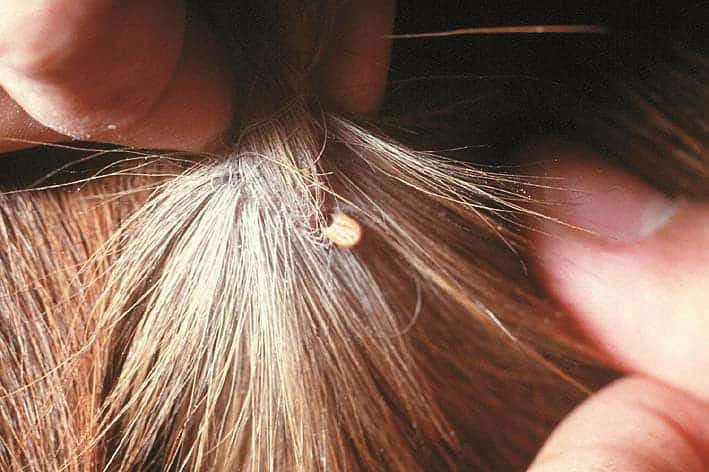
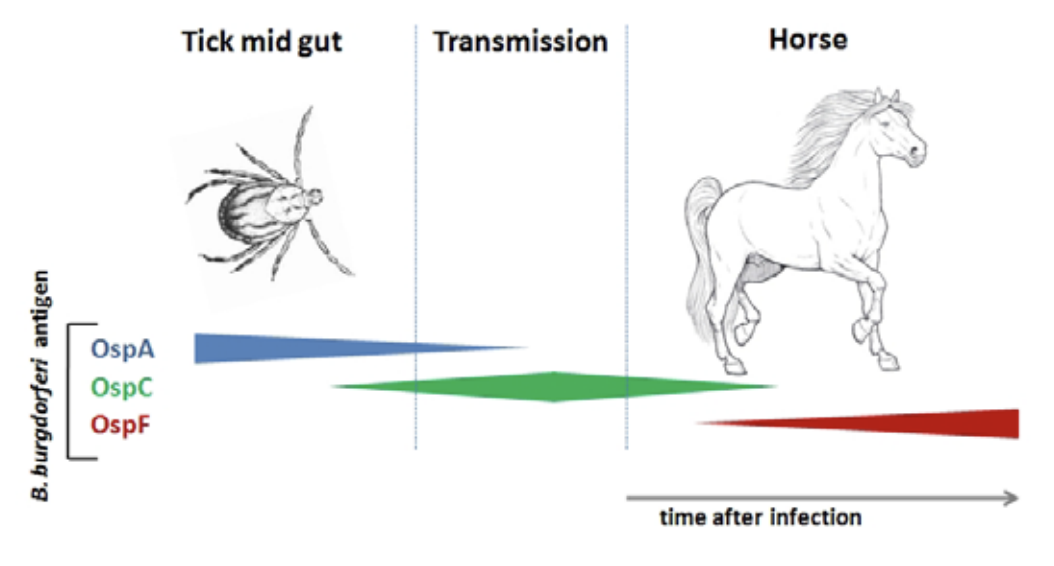


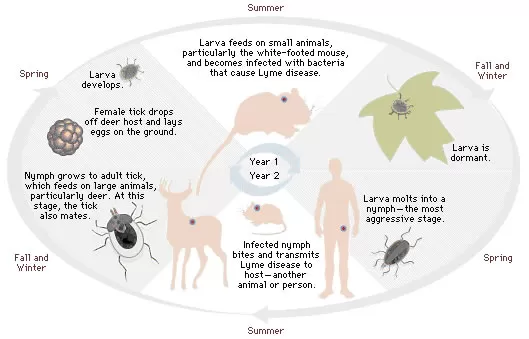

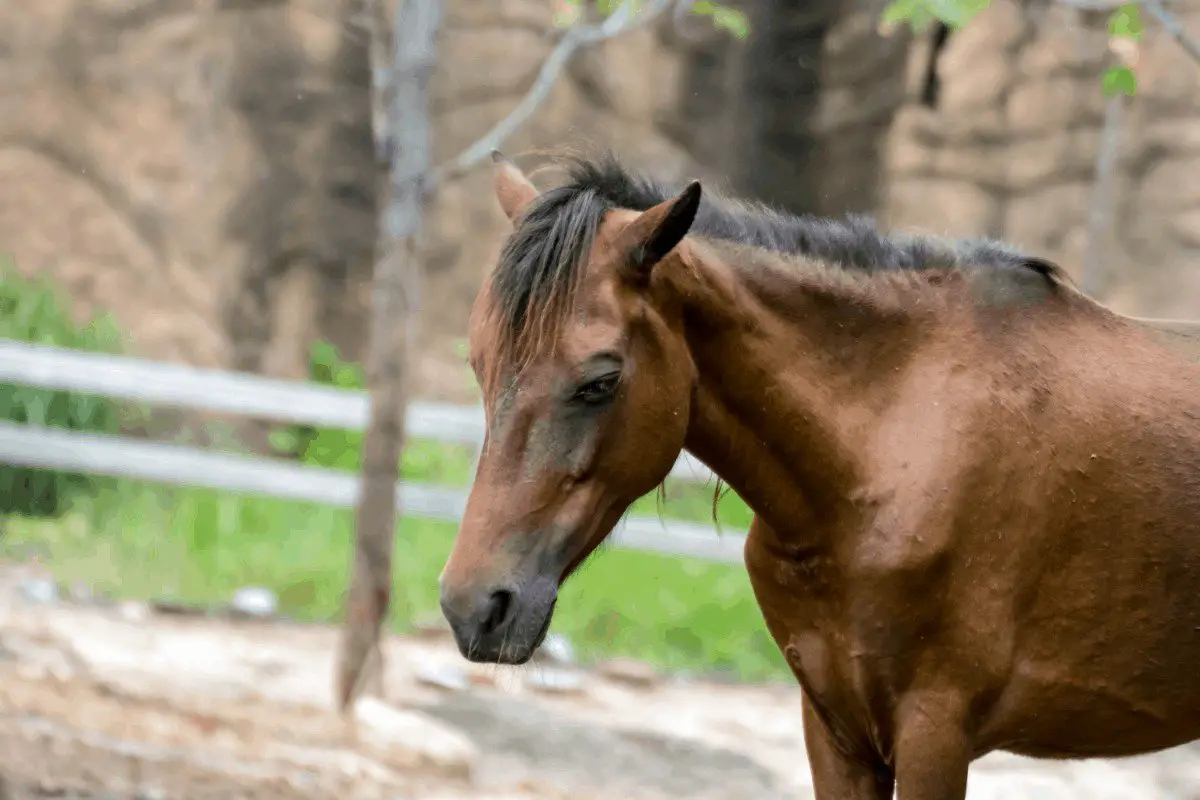

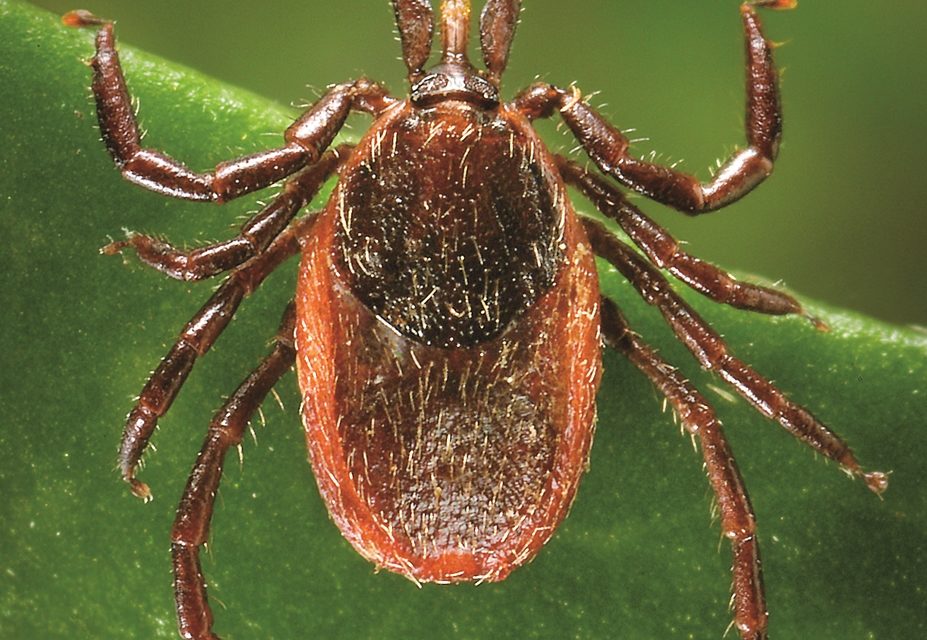
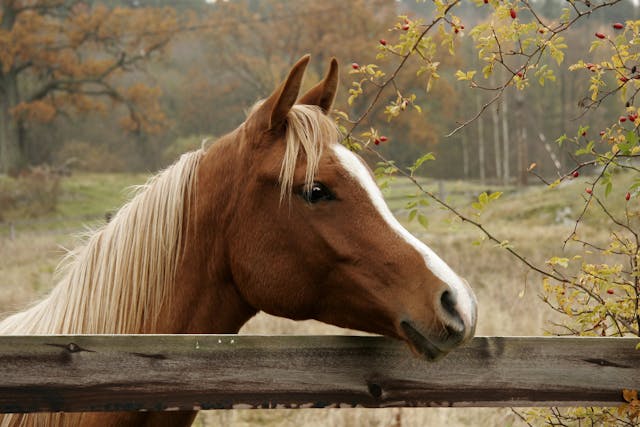




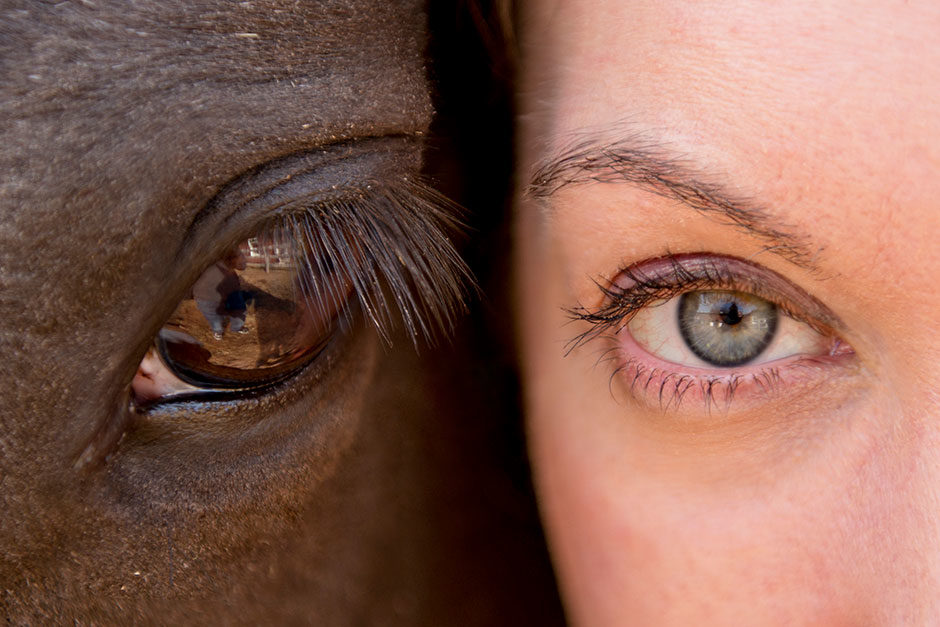
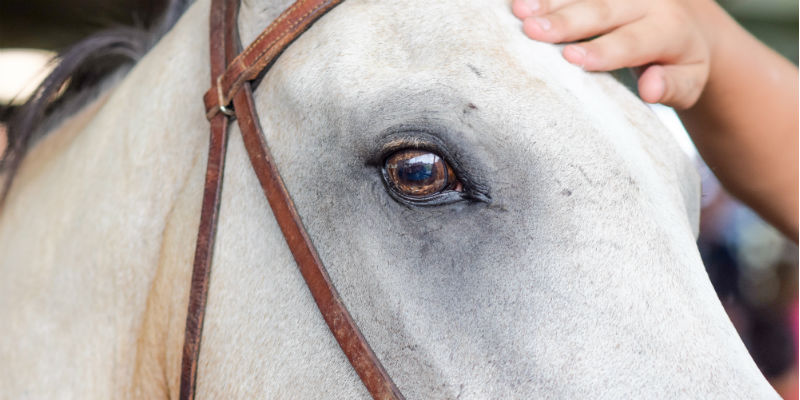





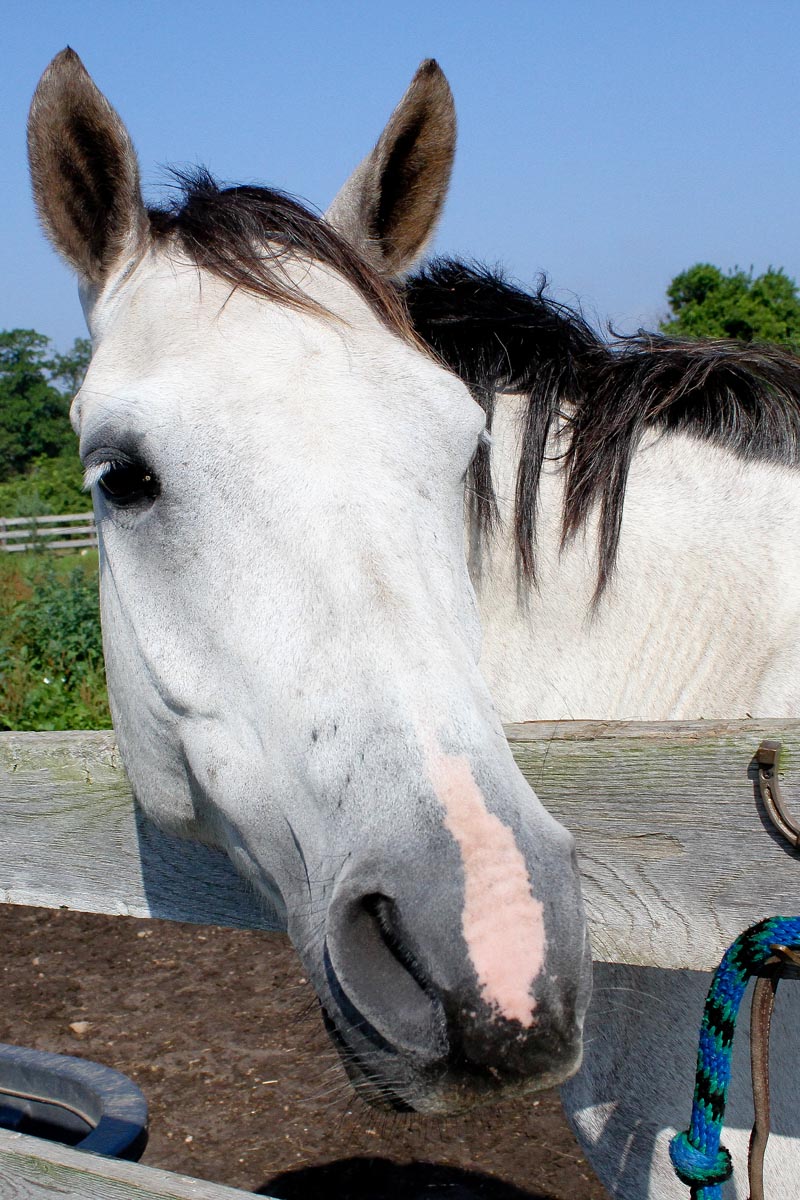




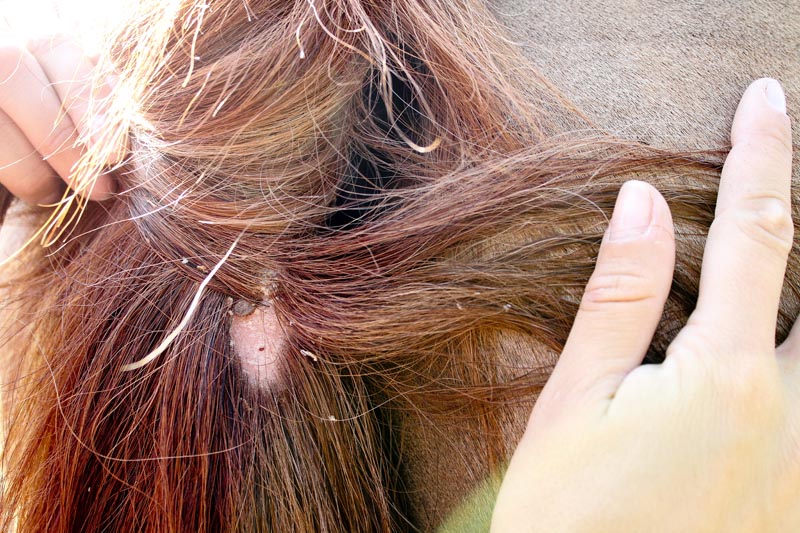







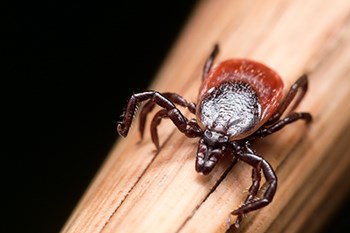







Post a Comment for "Lyme Disease In Horses"